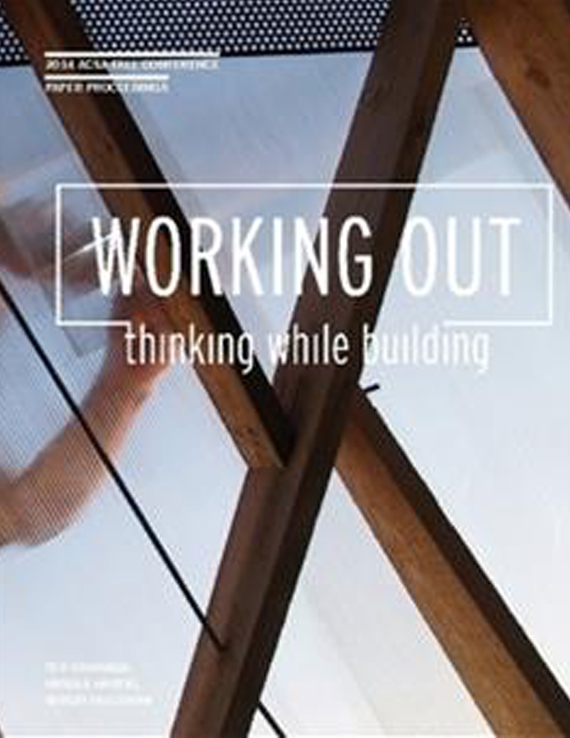Author(s): Joshua Vermillion
The built environment is rich with opportunities for embedding and integrating digital technologies to create responsive and adaptable systems. Physical computing, a term coined by Tom Igoe and Dan O’Sullivan of New York University, refers to these sorts of systems that can sense, interpret this data computationally and, in response, physically change. The technical implementation of these systems requires a broad range of skills that span multiple knowledge domains—design, engineering, mechanics, programming and computer science, robotics, mathematics, electronics—just to name some. There are more and more examples of built design projects that successfully negotiating these interdisciplinary challenges and deploy them to create responsive prototypes with marvelous effects. However, assuming that the design of the built environment will increasingly integrate physical computing systems, does our architectural repertoire of skills and knowledge need to be adjusted to meet these challenges? In particular, how do we educate and prepare architecture professionals for this future of physically active and interactive environments? Will we be professional architects, and also have to be professional programmers, engineers, and electricians? This paper outlines a framework for better understanding the appropriate skills and roles of design students as developed by the author in integrating physical computing with design and making.
Volume Editors
Sergio Palleroni, Ted Cavanagh & Ursula Hartig
ISBN
978-0-935502-94-7

 Study Architecture
Study Architecture  ProPEL
ProPEL 
